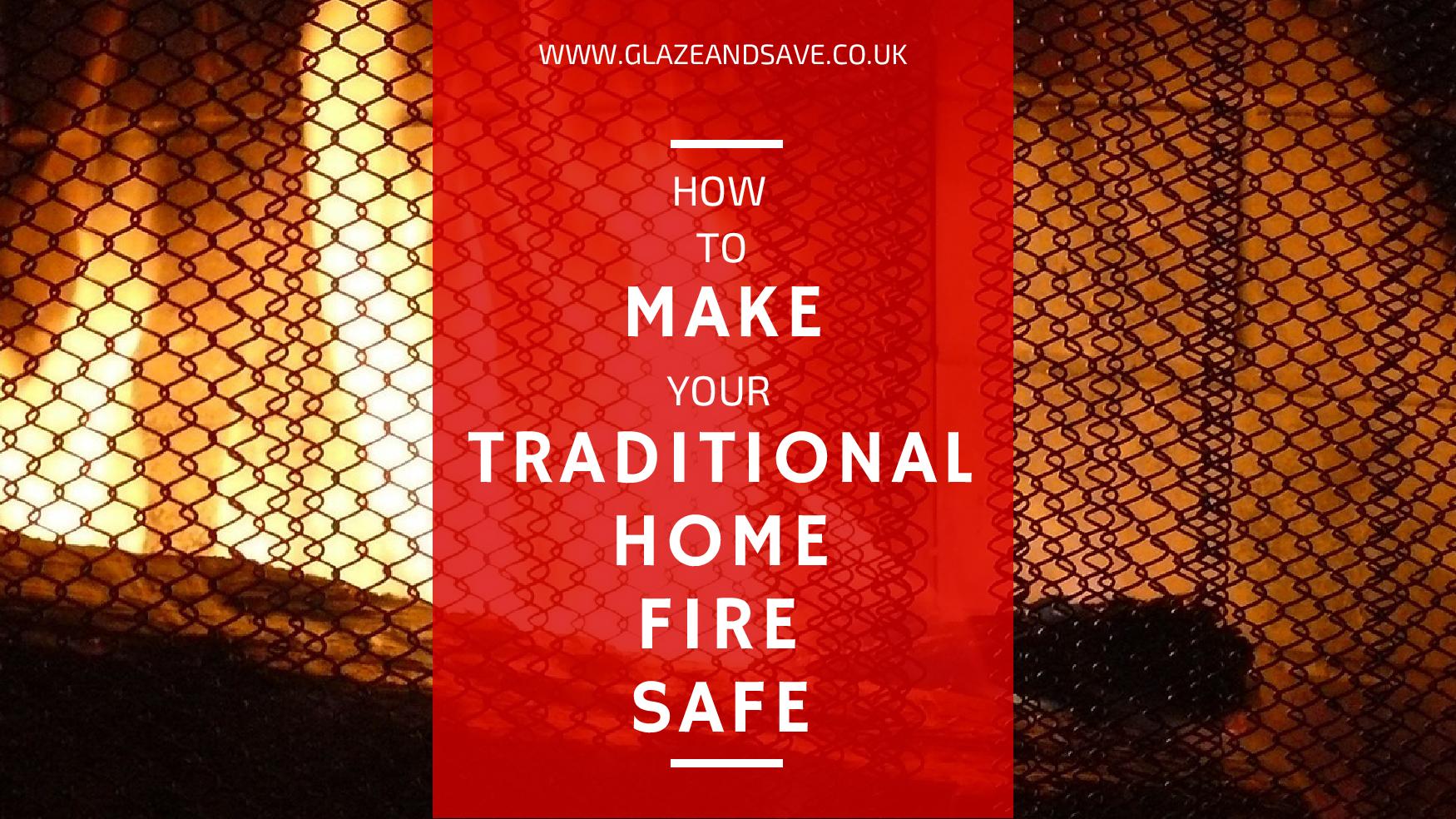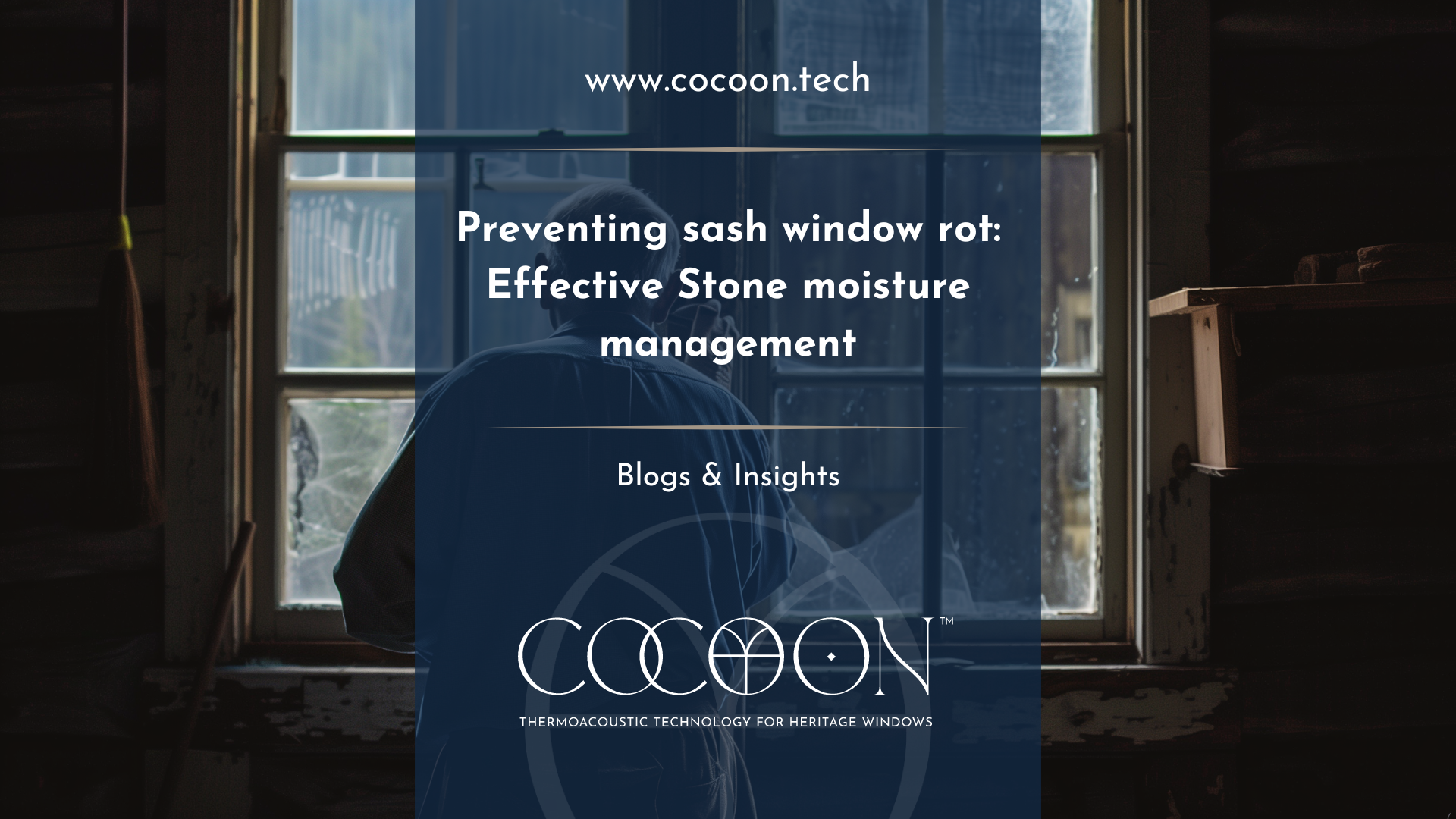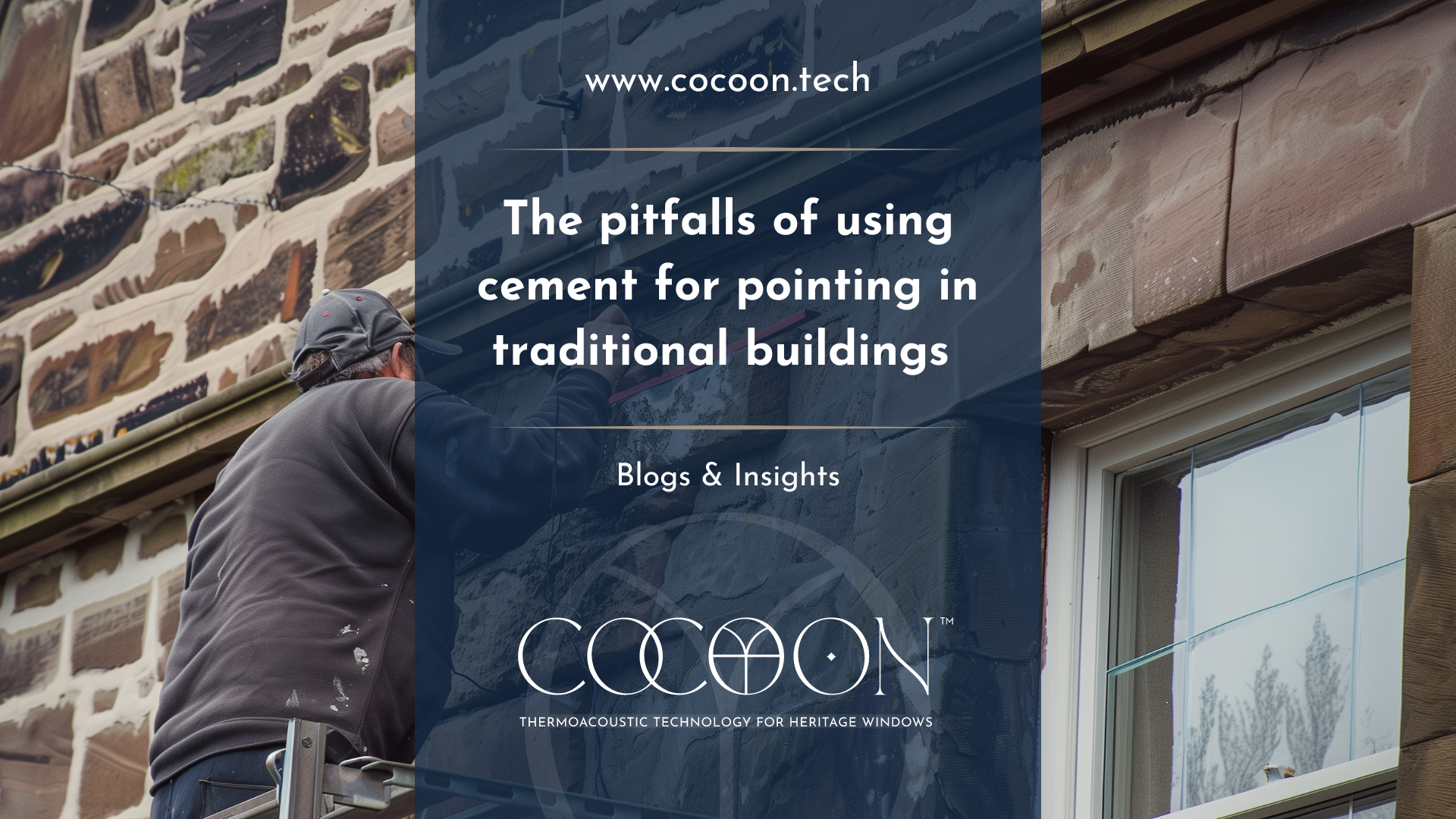How to Make your Traditional Home Fire Safe | Glaze & Save
We’d like to thank Historic Environment Scotlandfor providing such detailed and relevant
information for free as part of their Inform: Information for Historic Building
Owners series of leaflets and factsheets. For more information on their full
range of Inform titles go to the Historic Environment Scotland Publications Page.
Fire is the single biggest threat to the occupants, building fabric and contents of any building, but traditional buildings are particularly at risk. According to Historic Environment Scotland, between 2007 and 2009 there were over 900 recorded fire incidents in Scotland’s listed buildings. With listed buildings making up only a small fraction of traditional (classed as pre-1919) building stock, these numbers give a small insight into the scale of fire damage to traditional properties.
Traditional Building Construction
While fire safety is nothing new, traditional buildings tended to be built without any deliberate fire protection measures. As a result of this, traditional buildings tend to be particularly vulnerable to fire and its effects. This is due to a number of factors, including the heavy use of timber in construction of traditional properties; combustible linings; hidden voids; open roof spaces and previous uncontrolled building alterations.
Fire Prevention
Luckily, good housekeeping and placing fire prevention at the forefront of your mind can ensure that most fires are prevented. As long as one works to keep the three key “ingredients” of a fire from meeting (oxygen, heat, fuel) then maintaining a hazard free environment will become second nature. The main focus of any fire prevention plan should be to maintain a hazard free environment; keep fuel sources and potential heat sources separate from each other; and being vigilant of hazards and removing or controlling them.
Identifying potential heat sources
There are many potential heat sources that could potentially ignite a fire. These include, but are by no means limited to, faulty wiring, overloaded sockets and extension leads, defective electrical equipment, misused portable heaters, smoking, candles, cooking, open fires, and unswept chimneys.
Identifying Potential Fuel Sources
In a domestic setting, the potential fuel sources for a fire are numerous and can include furniture, textiles, paintings, carpets and rugs. Attics and roof spaces can be of particular concern since they tend to store an array of loosely stored household items that may include a mixture of ignition and fuel sources. It is therefore important to ensure that attics and roofspaces are kept well organised.
Furthermore, depending on the age and construction of the building, many of the building elements may also add to the overall available fire fuel sources, such as wall and ceiling linings, timber flooring and the supporting roof structure.
Identifying Oxygen Sources
Open windows and doors can often provide enough oxygen to feed a fire. That is why it is important to ensure that good compartmentation is practiced in buildings to create fire tight cells, redicing the amount of oxygen available to a fire. Within one’s own home, closing doors, particularly at night, can assist in cutting off oxygen supply to a fire.
Fire Protection
While prevention is always the preferred course of action, once a fire is in effect fire protection measures are essential to ensuring the protection of building occupants in the event of a fire.
Creating Fire Compartments
As mentioned above, compartmentation contains the outbreak of a fire within the area of origin. Vast continuous spaces and voids typical of traditional buildings are the antithesis of compartmentation. It is therefore important to consider upgrades such as the application of fire retardant paints or varnish on timber elements such as doors, particularly internal doors; subdivision of roof spaces by inserting flexible or solid cavity barriers; inserting fire resistant materials into the void under floorboards.
Detection and Alarms
Fire detection is essential to life safety and should include standard battery smoke alarms, but also mains wired smoke alarms. Having both types will ensure you are protected in any eventuality. Heat detectors in kitchens can also be more beneficial over the issue of false alarms.
First Aid Fire Fighting
Including various extinguishers for relevant and likely types of fires, as well as ensuring building occupants are aware of fire extinguishing, protection and evacuation procedures can make all the difference. However, where fixing a fire extinguisher to a wall may be damaging to architecturally protected walls, free standing options are also available.
Fire in any kind of building poses a serious threat to life and to property. Wherever possible, a robust fire prevention plan should always be in place.
Glaze & Save InvisiThermbespoke magnetic secondary glazing is completely fire retardant to Fire Class YB54 76 Part 7 . Don’t take a chance with cheap alternatives: InvisiTherm’s fire proof rating means that it wont go up in flames, shatter or blow out, reducing the available fuel and oxygen sources for a fire. Contact us today to arrange your FREE no obligation survey.




















